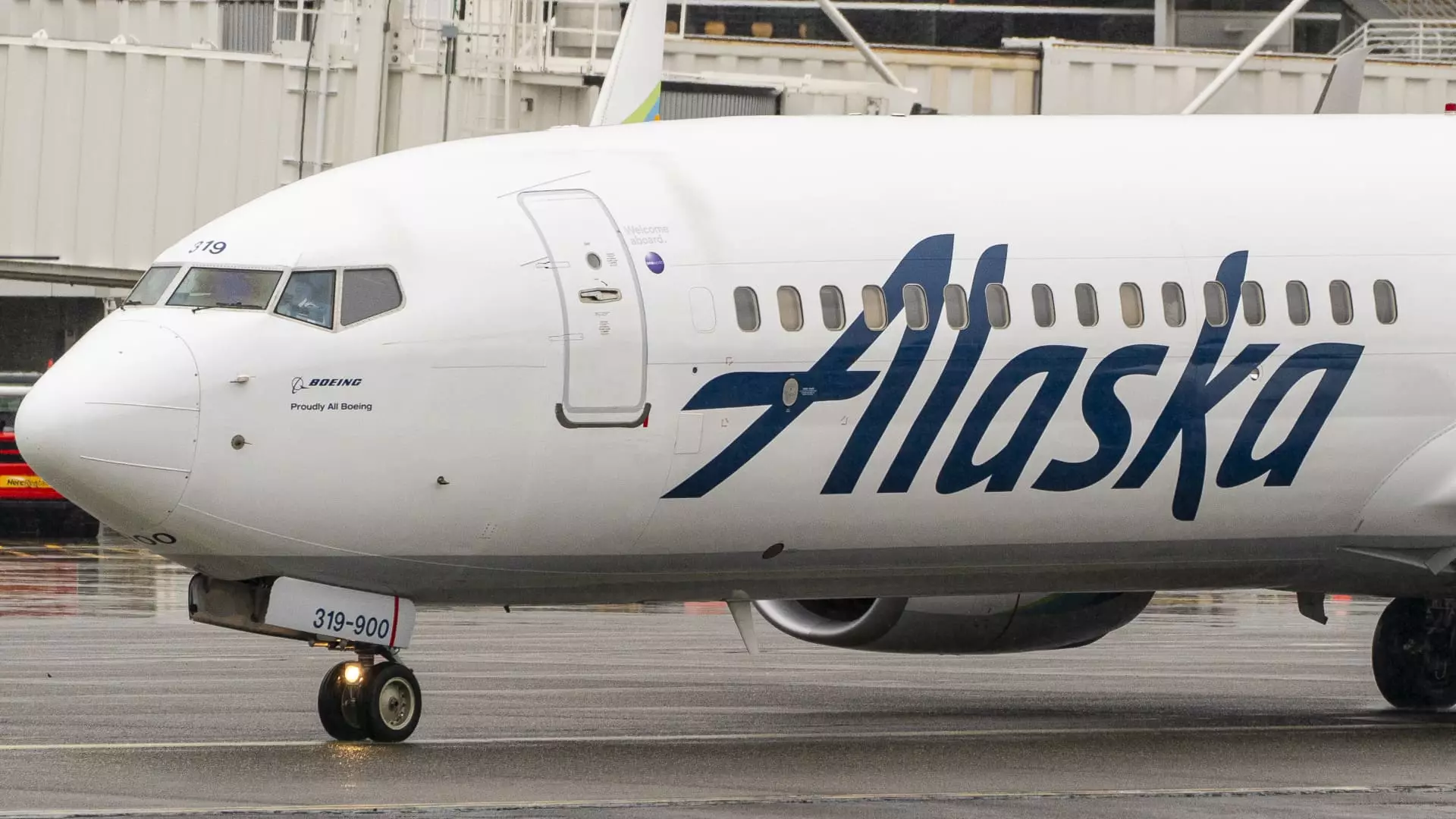The recent rejection of a new labor deal by Alaska Airlines flight attendants has stirred up discussions between the union and the company. The proposed agreement, which promised immediate raises averaging over 24%, was turned down by the flight attendants’ union. Despite the tentative agreement reached in June, which boasted significant pay increases over a three-year period, the union expressed that there is more to be done.
With the looming merger with Hawaiian Airlines, both parties are now faced with the task of revisiting the negotiation table to address the key issues that led to the rejection. The Association of Flight Attendants-CWA emphasized the need to survey its members to determine the primary concerns that need to be resolved in the updated agreement.
The rejection of the new labor deal reflects a broader trend within the airline industry, where workers have been advocating for better pay and improved working conditions. The aftermath of the Covid-19 pandemic has heightened the focus on labor negotiations, with many employees seeking salary adjustments and enhanced benefits. The significance of salaries and operational costs has become a central point of discussion in the negotiations between airline management and various employee groups.
While pilots at major carriers have successfully secured new contracts in recent years, other airline workers, including flight attendants, have faced challenges in obtaining equitable agreements. American Airlines recently reached a deal with its flight attendants’ union, highlighting the ongoing efforts to address labor concerns within the industry. Conversely, United Airlines is still in the process of negotiating a new contract with its flight attendants’ union, demonstrating the varying pace of negotiations across different airlines.
The rejection of the labor agreement by Alaska Airlines flight attendants underscores the complexity of labor negotiations in the airline industry. As discussions continue between the union and the company, both sides must navigate the challenges posed by the impending merger and the evolving landscape of post-pandemic aviation. The outcome of these negotiations will not only impact the flight attendants of Alaska Airlines but also provide insight into the broader trends shaping labor relations within the airline sector.

